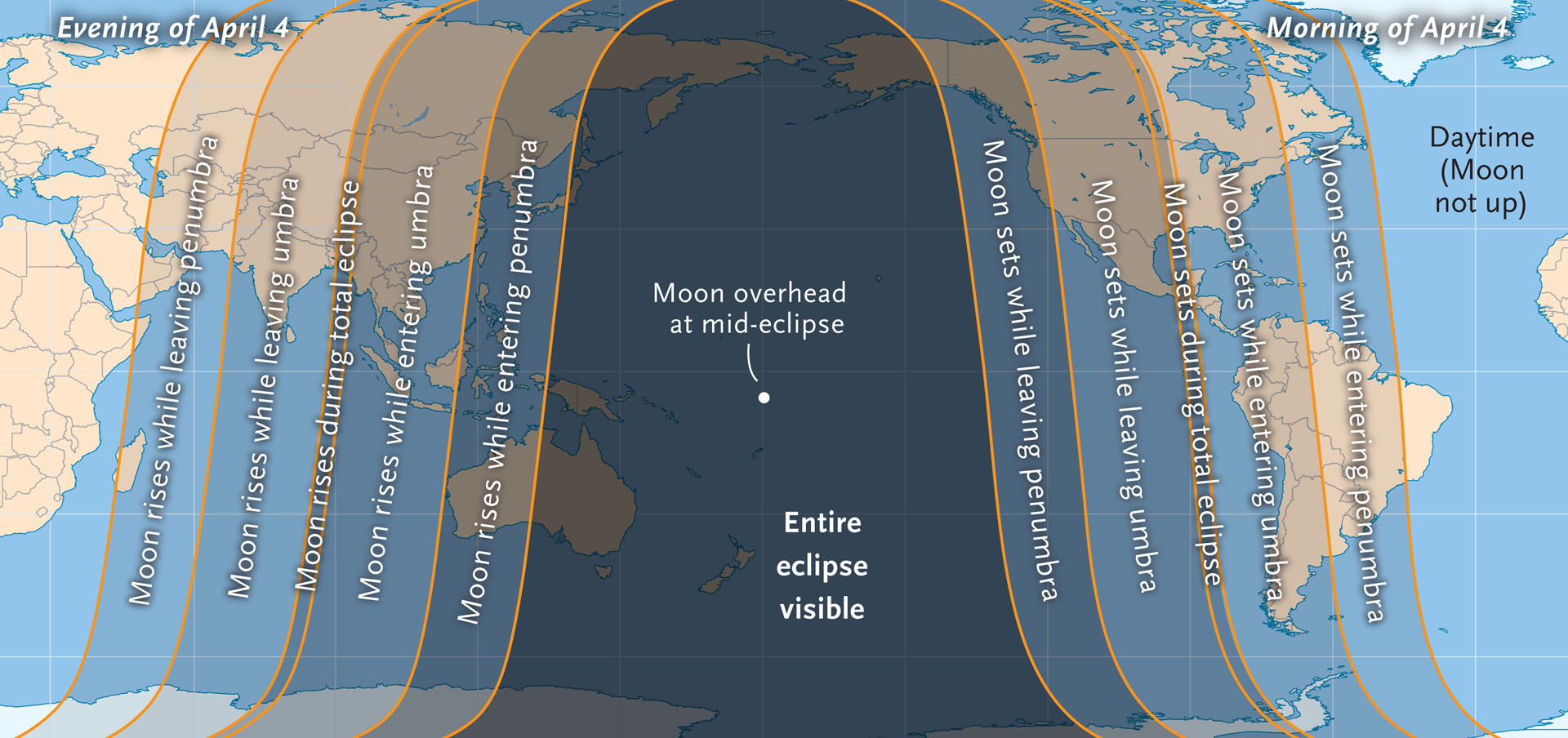I just saw this image on Reddit, and it's fantastic.
A large field capture of the majority of the night sky, it encapsulates an uncounted number of stars, and the constellations Cassiopeia all the way to the Andromeda galaxy.
Breathtaking, but also a testament to the ability of modern recording devices, even those at the consumer level, to take very high quality wide angle shots of large fields of the night sky. The person who took this photo used a canon t3i camera with a 24 millimeter lens, then processed the image in PixInsight at ISO 1600.
I think that the image is very nice, the only critique would be that there is some artifactual light distortion likely stemming from imperfections in the glass.
You can see the image in it's full glory on the host site Imgur but a smaller version will be shared here in the post.
It's just breathtakingly large.
A place to describe the heavenly bodies that I am lucky enough to be able to see from my vantage point here on Earth
Monday, April 27, 2015
Friday, April 10, 2015
The MAVEN Orbiter is making it's 100th passing around Mars
Maven, an orbiting spacecraft intended to study the Martian atmosphere, is about to make its 100th journey around the red planet.
It's a landmark victory for NASA and humanity at large, as the MAVEN orbiter has been a useful tool to evaluate the changes that have taken place on Mars to the atmosphere and shed light on what may lay in wait for the planet Earth.
This is especially interesting as people discuss the possibility of going to Mars through projects like Mars One and Space X.
For more information, here's a commercial piece from ABC http://abcnews.go.com/Technology/nasas-maven-probe-learned-1000-mars-orbits/story?id=30175139
It's a landmark victory for NASA and humanity at large, as the MAVEN orbiter has been a useful tool to evaluate the changes that have taken place on Mars to the atmosphere and shed light on what may lay in wait for the planet Earth.
This is especially interesting as people discuss the possibility of going to Mars through projects like Mars One and Space X.
For more information, here's a commercial piece from ABC http://abcnews.go.com/Technology/nasas-maven-probe-learned-1000-mars-orbits/story?id=30175139
Thursday, April 2, 2015
Total Lunar Eclipse expected April 4th, 2015
Just after we've heard of the lunar eclipse visible in Northern Europe, which I mentioned earlier this year on my blog, there's word of another lunar eclipse coming up April 4th of 2015.
This will be classified astronomically as a total lunar eclipse, which means that the Earth will temporarily pass into the shadow of the moon and a portion of the world will be unable to see the Sun because of it.
I've linked an image of the astronomical graphic, there will be complete visibility in the central Pacific, Alaska, Eastern Australia and Siberia, along with a number of island nations, and partial visibility over much of the continents of Asia, North America, and South America, where the Moon will either be "rising" or "setting" while occluding the path of the Sun's light to the Earth.
This will be classified astronomically as a total lunar eclipse, which means that the Earth will temporarily pass into the shadow of the moon and a portion of the world will be unable to see the Sun because of it.
 |
| Visibility of the upcoming eclipse, sourced from Sky and Telescope |
Subscribe to:
Posts (Atom)
